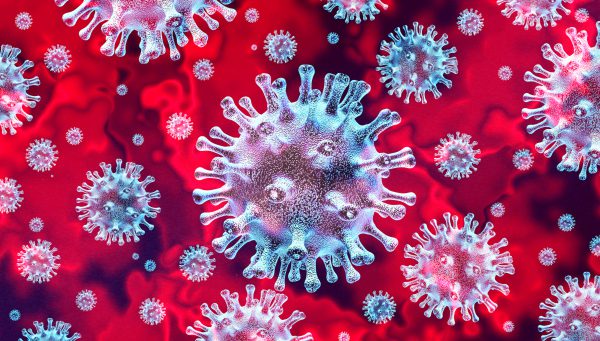CHIANG RAI, 9 July 2020: Covid-19 experts love to tell us what we can expect “going forward”. They reassure us that they know precisely how the Covid-19 story ends.
Some jump on the webinar bandwagon in the hope that their crystal ball gazing will bolster their reputations and bring financial rewards to their doors going forward, of course. But optimism wears thin.

Six months into the pandemic, the truth is dawning. Going forward is shrouded in a fog of confusion and following science no longer sounds so reassuring. There are no short cuts on the journey, and the only tangible hope is that one of the many vaccines hatched in labs around the world will survive the lengthy trials to help us stop Covid-19 in its tracks.
Going forward, experts told us to “follow the science” although they also told us that pursuing Covid-19 takes us into unchartered territory. Perhaps that is why World Health Organisation’s experts backed the findings that showed us that the larger respiratory droplets carry the virus and the risk of aerosol infection from smaller particles of one-millionth of a metre was very low. WHO may have to backtrack. Around 239 scientists from 32 countries are now lobbying the UN agency to revise that judgement according to a New York Times report, this week. They claim that even smaller particles than we previously believed go airborne in enclosed buildings scattering through airconditioning systems. If that proves to be the science we need to follow it doesn’t bode well for airline travel, the hosting of indoor events and even commutes on public transport. We want to follow science and go forward, knowing we have discovered a path that will ultimately contain Covid-19. Still, it is not very heartening if WHO ignores the conclusions of a body of reputable researchers and scientists without clearly explaining why. Is it play catch-up?
Governments are continually rewriting the rules and measures on the fly, often playing it by ear while they listen to opposing views from public health officials and economists. They adjust the safe distancing rule until we are baffled wondering where to park ourselves at a restaurant or meeting venue. Is the safe distance one metre of two? The airline industry tells us it cannot comply with the two-metre rule, so it is quite ok to sit passengers 50 cm apart for the duration of a 12-hour flight. Not very reassuring.
It makes sense for Thailand to take a safe and sure path to recovery. A second wave would devastate the nation if the country opens to international tourism too soon. There is talk of opening regional tourism first possibly by September, using so-called air corridors and then reaching out to long-haul markets in December. Going forward, the proposal to cut the 14-day quarantine arguably derails the travel bubble and corridor proposals. Public Health officials insist the quarantine rule is essential to prevent the virus from spreading even in a bubble or corridor environment. In contrast, the travel industry opposes the quarantine rule arguing it kills any attempt to recover business. So do we listen to the voice of science or commerce? That’s the conundrum we face now. Ultimately we are left with no options. Science wins.







